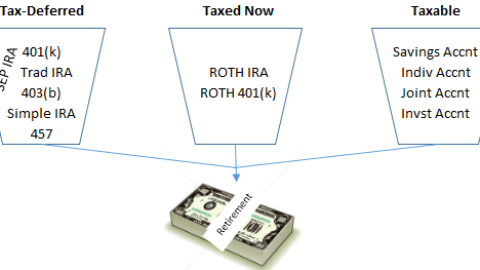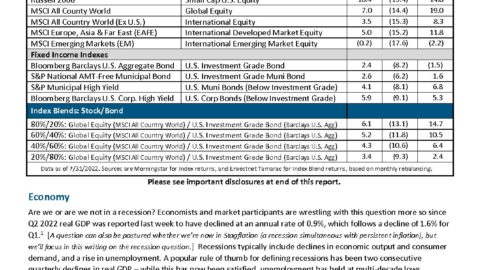The Times They Are A-Changing…
Congress Ends Social Security File-And-Suspend.
By: Allie Schmidt, Financial Advisor, CFP ®, CPA
Since Congress passed the Senior Citizens Freedom to Work Act in 2000, deciding when to receive social security benefits was anything but straightforward. As financial planners, our primary discussions surrounded a concept called “file-and-suspend” to maximize the amount that a couple could withdraw from Social Security. Those who didn’t take the time to have the conversation with a trusted advisor or do extensive personal research potentially left thousands of dollars on the table. However, following last week’s budget discussion and legislation (“Bipartisan Budget Act of 2015”), Social Security planning will be changing as the “File and Suspend” strategies will be eliminated in 2016.
If you came to our Social Security discussion in 2014, we talked in detail of the strategies and opportunities afforded retirees with the file and suspend strategies. The ability to “claim now, claim more later” meant that one spouse could file for their personal benefits at full retirement age, but then immediately suspend benefits until age 70. The advantage to such a strategy was by filing for benefits, a spouse or even dependent children became eligible for their benefits, and by immediately suspending, the primary worker would still earn delayed retirement credits (8% per year) to age 70. Let’s take a look at an example, Joe and Jane. Joe has a monthly benefit at full retirement age (age 66) of $2,000 and Jane has a monthly benefit of $1,600. If Joe were to File and Suspend, he would file for benefits at 66, but not start to receive the benefit (“suspend”), so that his benefit would grow by 8% per year until age 70. Jane at 66 would subsequently file a restricted application to collect her spousal benefit of $1,000 per month on Joe’s record, (i.e. 50% of his benefit). Then when each reached age 70, Joe would collect his benefit that had grown by 8% per year AND Jane would stop receiving her spousal benefit but would then receive her own benefit, which had also grown at 8% per year. According to the Center for Retirement Research, the file-and-suspend strategies have added an estimated $9.5 billion in annual benefit costs to the program.
The passing of the Bipartisan Budget Act of 2015 will in effect eliminate these strategies, under Section 831 “Closure of unintended (Social Security) loopholes.” Individuals are still entitled to delay benefits until age 70; however, a key change is that if they choose to suspend benefits, no one is entitled to those benefits until the end of the suspension of benefits, i.e. no spousal benefits unless both are receiving. Additionally, the individual who delays benefits is not entitled to any spousal benefits either, such as Jane in the above example. They are extending what is known as the “deemed filed” rule. If you file for benefits under your or someone else’s work record, you are considered filed under your record as well and will receive the maximum benefit under either circumstance. There is no longer the ability to choose which benefit to receive, so to let the other benefits grow.
Additionally, the ability to change your mind and receive retroactive benefits back to full retirement age is also off the table. In the past, those who filed at age 66 and suspended the benefit had the ability for whatever reason (illness, financial need, etc) to change their mind, they were allowed to collect benefits retroactively back to age 66. Let’s say you filed-and-suspended at age 66 to receive the delayed retirement credits until age 70. You became ill at age 68, therefore, reducing life expectancy. Before recent changes, you were entitled to request your benefit as a lump sum for the last 2 years. This option is also eliminated.
The elimination of the “file and suspend” and “restricted application” takes a couple of arrows out of the quiver, however, not all is lost in the world of Social Security strategy and maximization. There are a number of key Social Security rules that still allow folks to boost benefits. Be sure to know and fully understand your options to make the most of this substantial income stream for you and your family. Consult your financial advisor and make sure you have a strategy.
Any opinions are those of Allie Schmidt and not necessarily those of RJFS or Raymond James. The information has been obtained from sources considered to be reliable, but we do not guarantee that the foregoing material is accurate or complete.










